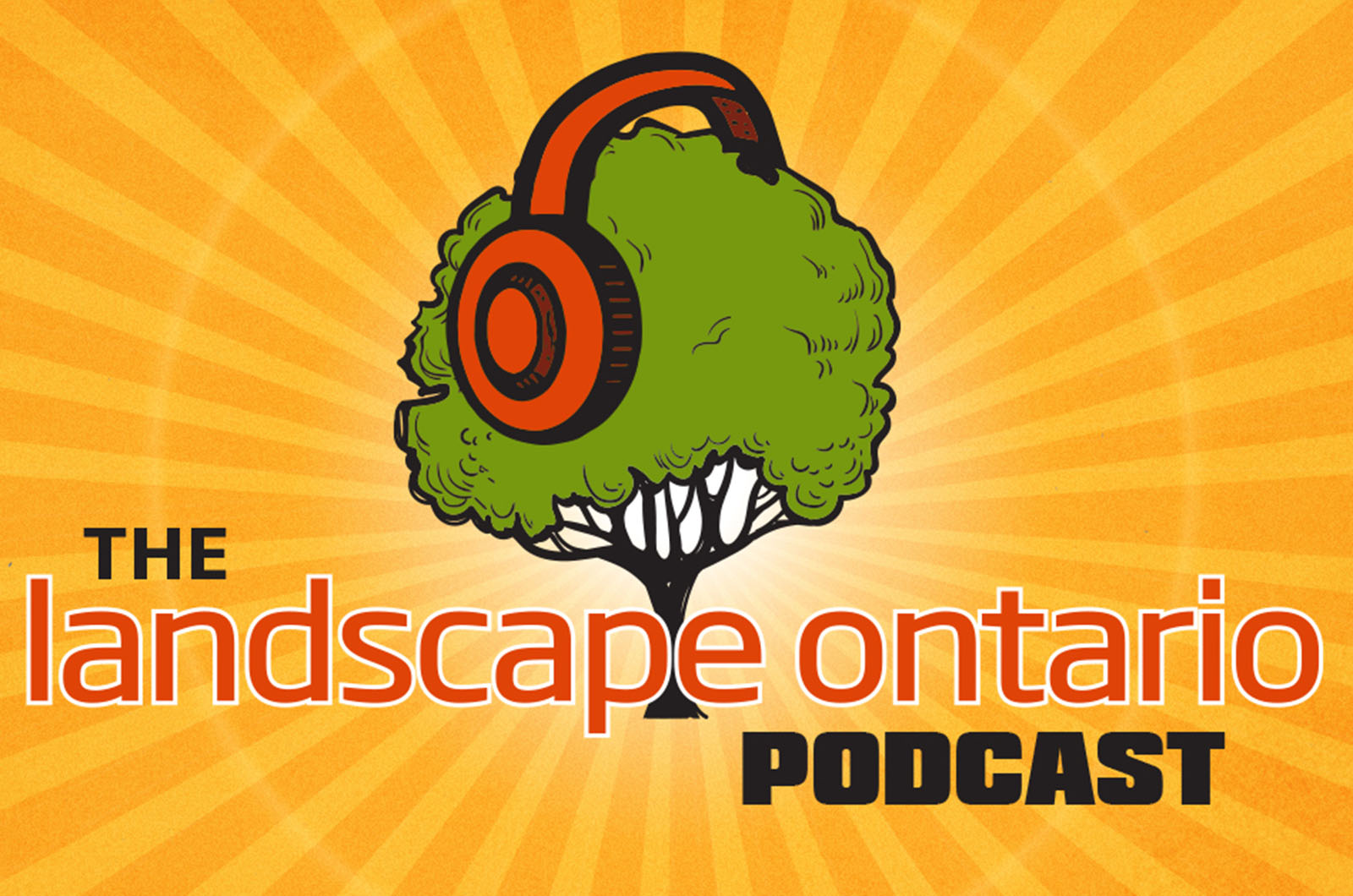September 10, 2024

Low-barrier learning
Pre-apprenticeship offers full support for those entering the horticulture profession
 Interview with Courtney McCann
Interview with Courtney McCannThis interview originally aired on the Landscape Ontario podcast and has been edited for length and clarity.
If you’re looking to explore a career in the green trades, participating in a pre-apprenticeship program will help you gain desirable skills, connect with employers and find meaningful work in designing, building and maintaining beautiful landscapes.
Courtney McCann, the director of workforce development at Landscape Ontario, recently joined the Landscape Ontario Podcast to share how the pre-apprenticeship program has been designed to eliminate barriers for career growth. The program, and the integrated support, is made possible through the Skills Development Fund (SDF). Granted from Employment Ontario, the SDF offers money to organizations for innovative projects that address challenges to hiring, training or retaining workers, including apprentices, to drive Ontario's economic growth.
These programs combine classroom learning with on-the-job training to build rich skill sets that could lead to earning a Red Seal certification as a journeyperson. Participants are also given pre-employment training, case management support and paid work placements with employers committed to championing success. And it’s all free.
What is the pre-apprenticeship program and how does LO facilitate it?
It's the precursor to apprenticeship. So we're taking job seekers, exploring various horticultural career paths with them and providing them with their apprenticeship level one training course. We're also providing them with some pre-employment training, soft skills, first aid, and health and safety courses. Then we provide them with a paid work placement that would run roughly 12 weeks long during the summer and fall. And then they'll do their apprenticeship level one training in the classroom during the winter term.Once they complete their apprenticeship level one training at a college, we get them signed on as an actual apprentice and they can embark on level two. Come spring, they return to their original work site. But if that's not the right match, that provides us the ability to match them to a different site. Then from spring until the winter the following term, we're doing check-ins. We may do a site visit. We’re supporting both the student and the employer to ensure that the match is still going well.
It is a wonderful way for a person who's thinking about a trade to come in, try it out, at no cost, and then be supported with being placed at an actual apprenticeship job.
What kinds of support are included in the SDF funding?
There is no cost and it includes that apprenticeship level one training, but it also includes any equipment and gear or book costs. Employment Ontario really wants to make sure that there are as little costs as we can possibly make it so we've really stripped barriers away. For instance, if there's travel costs that may be a challenge, we can support them with that. We can support them with additional clothing needs. Childcare is one of the supports that we offer as well.We don't want there to ever be a closed door. What is wonderful about this SDF fund is that the objective really is to help people who would have challenges to get into one of these trades without some of this support.
Also, any student gains a free membership with LO. While they're a member, they can get involved in all sorts of ways.
Does the pre-apprenticeship program include support for employers, too?
Yes. And what's wonderful for employers is a lot of these job seekers now understand what the career is and what that ask is in terms of what their jobs are going to look like. They have also completed all sorts of training and have really self-committed to this career choice. The [workforce development] team at LO conducts some of that screening for employers up front.The employer gets an employee who is very excited with a lot of passion and drive. They have completed their apprenticeship level one training. They are aware of what that apprenticeship Training Standards Log Book is and are keen to work through it.
The other element is that these employers would be eligible for a training incentive fund, meaning that we can offset some of the wage costs, up to a maximum of $3,000.
What demographic is best served by this program?
That is the best part of the fund. The priority is really supporting people who have had some challenges or barriers with getting into one of these trades. It is a diverse group of students and everyone's coming from different experiences, different areas. The group ends up being quite close because we're putting them through something for two years together as a single group. And you'll find that the students end up supporting each other as well. So not only is it wonderful that the work sites are seeing a new group of students being able to hire and train and so on, but the group themselves create such a strong bond. And the diversity is wonderful. It is something you don't always see.What would you tell someone wondering if the horticulture pre-apprenticeship program is a good fit for them?
I would say it is a place for almost everyone. The different paths and the different areas that people can work in is so vast. This is one of the reasons why I enjoy working here; we're able to support and help them sift and search so that we find the right career path with them.I would encourage anyone who is curious to contact our staff. We'd be happy to walk them through the different options available to them.
